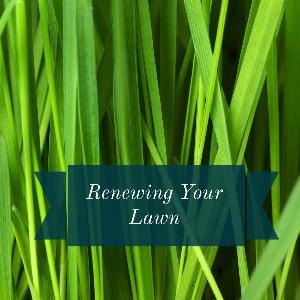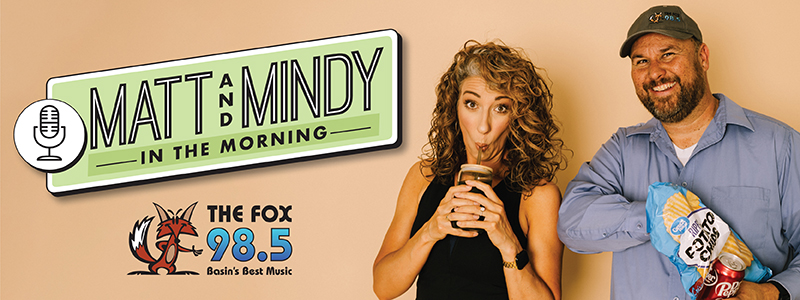Sometimes, despite our best efforts to fertilize, aerate, and pamper the lawn, it looks tired and dowdy compared to the vivid green of the new house next door. The problem lies in the very nature of the grass. Left to itself, un-mowed, it would naturally form seed heads and reseed annually. Instead, we mow and manicure it, preventing it from performing this vital task. As the years pass, the grass gets older and older, losing vitality and that deep, rich color new lawns always have. This situation can be remedied by over-seeding your lawn in the spring or fall, which has the same benefits as letting your lawn go to seed naturally. Over-seeding will improve the vigor and thickness of the lawn and reduce the need for fertilizers, pesticides, and herbicides. The steps for over-seeding are easy: First, remove all the dead thatch by hand raking or by power raking the lawn. Next, mow your lawn as closely as you can manage- down to an inch is best. Aerating at this time will be extremely beneficial, and also give a place for the new seed to lodge. Then, using a grass seed or grass blend similar to what you already have, spread the seed over the lawn at a rate of five to seven pound per thousand square feet. After the seed, broadcast 16-16-16 fertilizer and HuMate Granules (this used to be called Soil Activator) over the lawn. Lightly rake this in and then run your sprinklers, soaking the ground. Keep the seed moist until it sprouts and comes up, which can take five to seven days for most varieties, but blue grass can take up to twenty one days. Mow the first time about a week after seeding, but don’t catch the grass. Let it shade the new seedlings. You can catch the grass from the second mowing on. Over-seeding will give you a younger, greener lawn that, once established, is more drought resistant, more resistant to weeds and insects, and more tolerant of shade. An added bonus is that a young lawn stays green later into the fall and greens up earlier in the spring, giving you the prettiest lawn in the neighborhood.
















